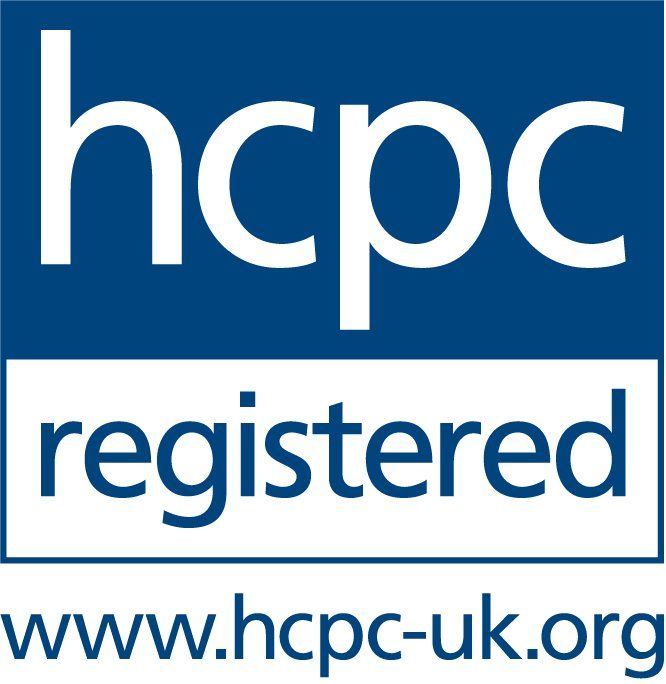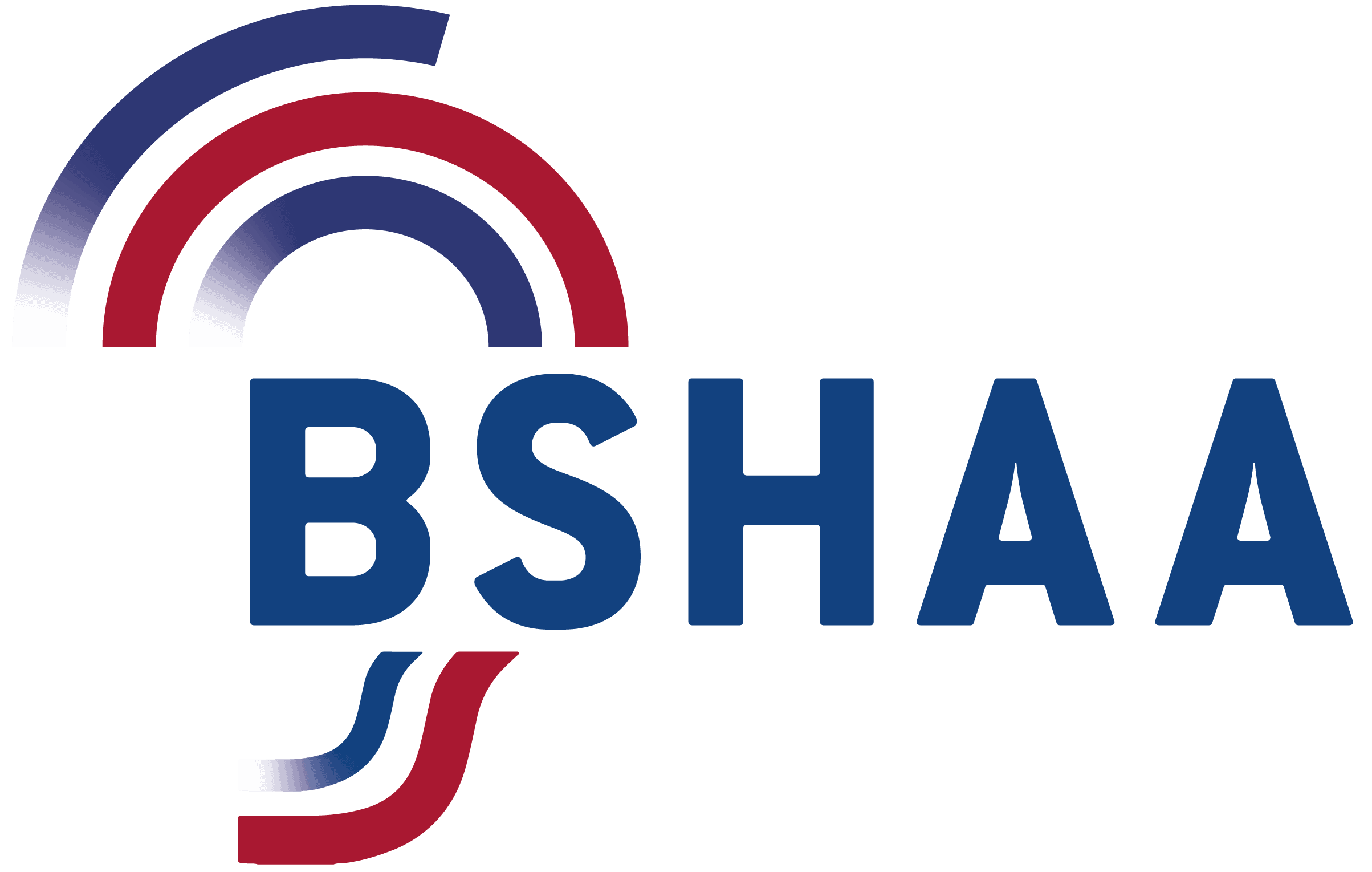EAR WAX REMOVAL TREATMENTS BEST SUITED TO YOU
MICRO-SUCTION
The Microsuction technique of ear wax removal is the safest, most hygienic, and effective solutions when removing unwanted wax, debris, and infection in the ear canal.
During the process, an endoscope, a tiny camera with lights, or a head/spectacle loupe is used to assess the health of the ear drum and level of wax present in the ear canal. With each method, a small vacuum gently provides suction to remove the wax and/or infection. Microsuction is extremely popular due to its speed, safety and controlled process causing no harm of discomfort.
EAR IRRIGATION
Ear irrigation involves specialist equipment to safely wash the wax out. It is used in instances when microsuction cannot be used due to contraindications or the wax has not successfully been removed.
It is considered a safe and effective method of treating wax build up and foreign materials in the ear due to its painless procedure.
During ear irrigation, a syringe-like tool, filled with warm water, is used to gently flush the ear wax out at a light pressure.
This method of ear wax removal is described as traditional, and although it was once expertly used in GP practices and hospitals, there are many risks associated with it and unfortunately most GP practices are terminating ear irrigation procedures. Prior to ear irrigation, the earwax must be softened using ear drops as hardened ear wax cannot be flushed out. Before any procedure, relevant protocols and checks will be completed to assess if you are fit for ear irrigation.
EAR HOOK
Microsuction and ear irrigation are not always the most suitable methods to remove ear wax if you present with contraindications such as perforated or damaged ear drums. These methods can often create further problems and so are advised against. In these cases, manual methods are preferred using dry instruments such as ear hooks or curettes under light.
Dry instruments are used to remove the wax gently, causing no harm or pain. They should only be used by professionals to hook or scoop the wax from the ear canal.



